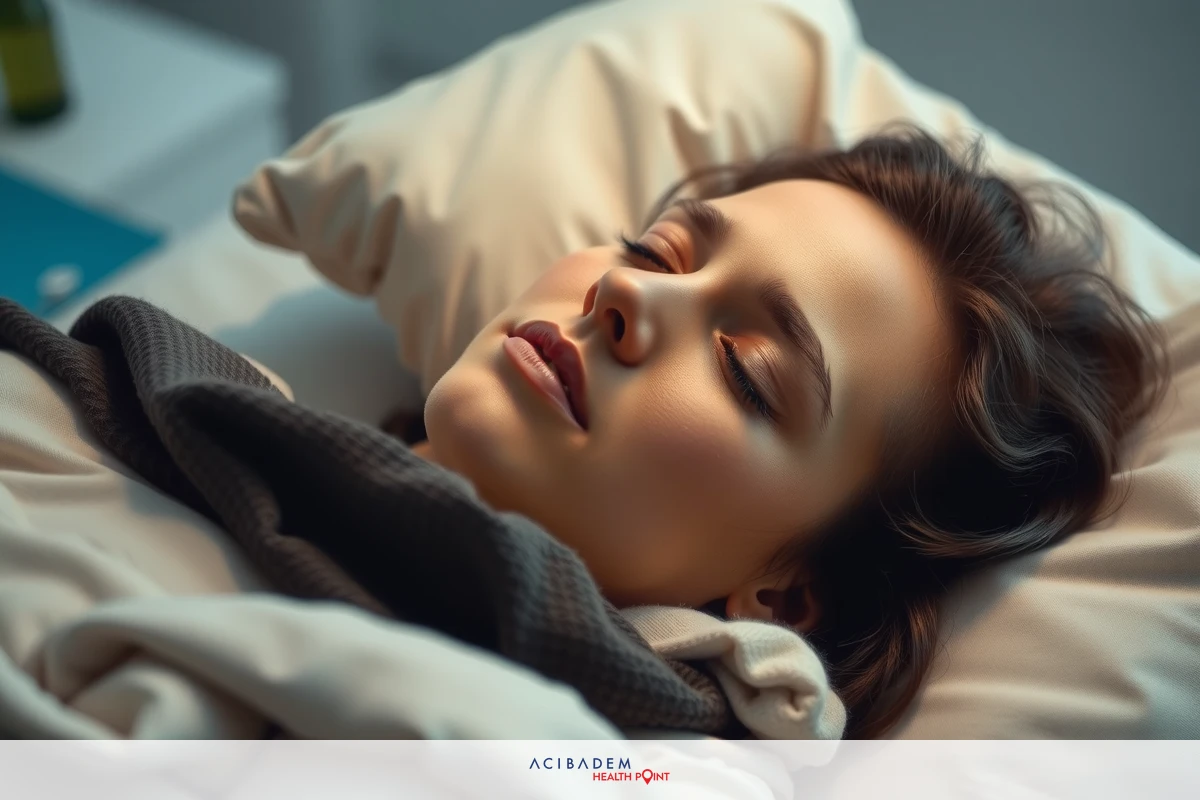When Can I Sleep on My Side After Rhinoplasty
When Can I Sleep on My Side After Rhinoplasty Rhinoplasty, or nose reshaping surgery, can greatly improve your breathing function and enhance the aesthetic appearance of your face. One common question among patients is when they can resume sleeping on their side after the operation. It’s crucial to follow the correct sleeping positions during the recovery period, as it can impact the healing process and the outcomes of the surgery.
After rhinoplasty, doctors generally recommend sleeping on your back with your head elevated to reduce swelling. This position also helps protect the surgical site from accidental bumps that could compromise the results. The timeline for resuming side sleeping can vary depending on individual healing progress, but it’s usually safe to do so a few weeks post-surgery. Remember to consult your surgeon for personalized advice tailored to your specific circumstances.
Sleeping Positions After Rhinoplasty
During the initial stages of rhinoplasty recovery, it’s crucial to maintain an optimal sleeping position to facilitate proper healing. In general, the best position is on your back, with your head elevated higher than your heart. This position helps reduce swelling and minimizes the chances of accidentally bumping your nose while you sleep. Placing a few pillows under your head or sleeping in a recliner can assist in maintaining this elevated position.
Sleeping on your stomach or side is not recommended during the initial recovery period after rhinoplasty surgery. These positions can exert pressure on your nose, possibly affecting the surgical results. Furthermore, turning over in sleep might cause accidental trauma to the nasal area, which could lead to complications. Therefore, despite any habitual preferences for side or stomach sleeping, it’s essential to adapt to back sleeping during this post-surgery period.
Adhering to these post-surgery guidelines for sleeping positions after rhinoplasty can significantly contribute to a smooth recovery and optimal surgical outcomes. However, it’s important to remember that each person’s recovery process is unique. Therefore, always follow your surgeon’s specific instructions regarding sleeping positions and other aspects of post-operative care. In time, as the healing progresses satisfactorily, your surgeon will advise you when it’s safe to resume sleeping on your side.
When Can I Sleep on My Side?
The timeline for when you can safely resume sleeping on your side after rhinoplasty is not set in stone. It typically depends on various factors, including the complexity of your surgery, your body’s healing rate, and your surgeon’s specific recommendations. However, as a general rule, most patients are advised to avoid side sleeping for at least two to three weeks post-surgery to prevent any undue pressure or accidental trauma to the nose.
After the initial few weeks of recovery, if the healing process is proceeding well and there is minimal swelling or discomfort, some surgeons may allow their patients to start sleeping on their side. However, it’s recommended to do this gradually and with caution. One suggestion is to use extra pillows as a barrier to prevent turning over fully onto the side during sleep. Another tip is to try side sleeping during daytime naps first before attempting it at night.
Remember, the key factor determining when you can start sleeping on your side after rhinoplasty is how well your nose is healing. If you notice any unusual discomfort, increased swelling, or other concerns after starting to sleep on your side, it’s crucial to revert back to back sleeping and consult your surgeon promptly. Always prioritize your comfort and the health of your nose above all else during your rhinoplasty recovery.
Tips for Sleeping on Your Side After Rhinoplasty
Transitioning back to side sleeping after rhinoplasty surgery can be a relief, but it’s important to approach this

shift with care. Below are some tips to ensure a comfortable and safe return to side sleeping during the recovery period, while minimizing any potential risks to your healing nose.
- Gradual Transition: Start by incorporating side sleeping during short naps before trying it at night. This can give you a sense of how your body reacts and lets you adjust slowly.
- Use of Pillows: Extra pillows can serve as a protective barrier to prevent full turns during sleep. A body pillow or wedge pillow can help maintain a semi-side position that isn’t too hard on your nose.
- Monitor Your Comfort Levels: Pay attention to signals from your body. Any discomfort, swelling, or unusual symptoms should be noted and relayed to your surgeon.
- Be Patient: Understand that it might take time to comfortably sleep on your side again. Patience is key in the recovery process after nose surgery.
- Follow Your Surgeon’s Advice: Always adhere to your doctor’s post-surgery guidelines and recommendations. They understand your specific situation best and can provide personalized advice.
Remember, your health and comfort during rhinoplasty recovery are paramount. These tips aim to assist you in achieving a smooth transition back to your preferred sleeping position while ensuring the optimal outcome of your nose surgery.
Frequently Asked Questions
When can I start sleeping on my side after rhinoplasty surgery?
The timeline for resuming side sleeping varies depending on individual healing progress. Generally, it is safe to start sleeping on your side a few weeks after rhinoplasty surgery. However, it's essential to consult your surgeon for personalized advice based on your specific circumstances.
Can I use a travel pillow to support my head while sleeping on my back?
Yes, using a travel pillow or any other type of supportive pillow can help maintain the recommended elevated position while sleeping on your back. It can provide additional comfort and reduce the risk of accidentally turning onto your side during sleep.
What if I accidentally roll onto my side while sleeping?
Accidental rolling onto your side during sleep can happen, especially during the adjustment period. If this occurs, simply readjust yourself back onto your back with the help of extra pillows. Be gentle and avoid applying pressure or force to your nose.
Is it normal to experience difficulty sleeping after rhinoplasty surgery?
Some patients may experience difficulty sleeping for the first few days following rhinoplasty due to discomfort, swelling, or changes in their usual sleep routine. This is normal and should improve as your healing progresses. If you have concerns, consult with your surgeon for guidance.
Are there any specific positions I should avoid while sleeping after rhinoplasty?
Yes, you should avoid sleeping on your stomach or side during the initial recovery period after rhinoplasty surgery. These positions can exert pressure on the nose and potentially affect the surgical results. It's important to follow your surgeon's recommendations for optimal healing and outcomes.
Please note that these answers are general guidelines and may vary based on individual factors. Always consult with your surgeon for personalized advice and specific instructions regarding your rhinoplasty recovery.











